 |
|
c.1900
|
|
Needham Mill
River Waveney |
 |
|
c.1900
|
|
Needham Mill was built as a small 4 storey red brick building laid with Flemish bond and roofed with blue tiles, that actually stood in the parish of Weybread. The mill was rebuilt after the fire of 1838 and again c.1870 after a fire destroyed the earlier timber framed weatherboarded building. In 1918 the wheel was running 4 pairs of French burr stones, three pairs were 4' and the fourth pair was 4' 6" and was used for grinding wheat into flour. Milling ceased c.1934 and the wheel and machinery were removed during the second world war and sold towards the war effort. |
|
People identified in the photo at the top of the page - left to right: Mrs. Sydney Denny; Mrs. George Denny (mother-in-law); Miss Grace Denny (daughter) then Hubert Bush (under main mill window); Arthur Bush (in other boat); Albert Bush (standing at end of mill). |
 |
 |
|
The mill dam c.1900
|
The
mill dam July 1949 |
|
The mill cottage is probably of a similar age to the mill destroyed in the fire of c.1870. Some of the beams on the side nearest to the mill still bear charred marks as a reminder of that fire. |
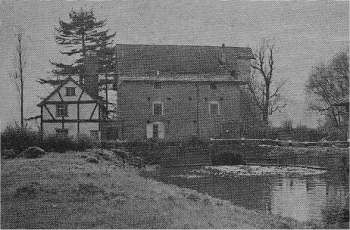 |
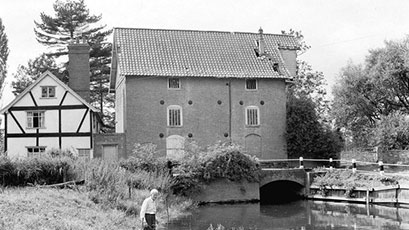 |
|
1958 newspaper cutting - see text below
|
29th August 1959 |
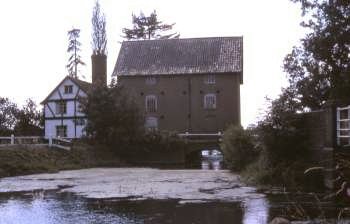 |
August
1987 |
Sibton Abbey was founded in 1150 by William FitzRobert for monks of the Cistercian Order. Prior to the Dissolution, the Abbey was offered to Thomas, Duke of Northumberland. It was held by his family until 1611 when it was purchased by John Scrivener....the abbot and convent of Sibton in Suffolk had a fishery and a watermill called Fryer's mill, in this place which was let with their grange an manor of Weybrede in Suffolk. |
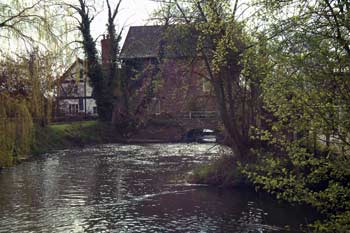 |
|
11th April 2004
|
|
Samuel Field, miller, and his wife Eliza, née Gooderham, had a son George, born on 25th February 1829 and baptised on 22nd May 1829. It is not known if Samuel Field was the proprietor or an employee. |
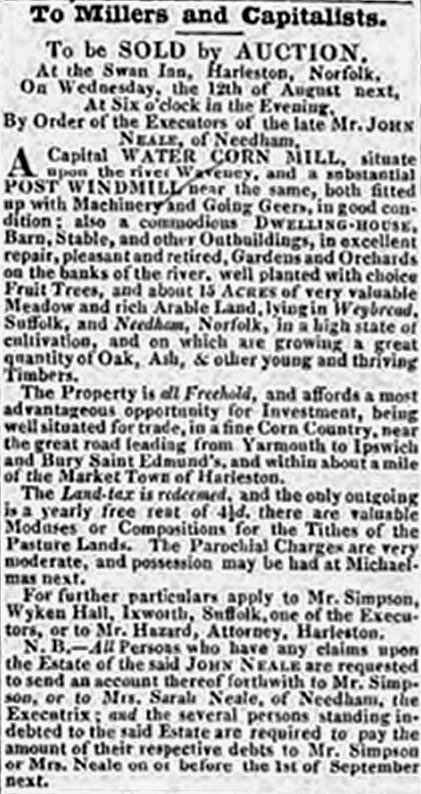 |
|
Auction Notice - August 1835 The mills failed to sell |
|
A fire was discovered at Needham, near Harleston, on Tuesday morning week about five o'clock, at the Watermill, which was totally destroyed fire; also, about 40 coombs grist. |
|
TO Millers. - Wanted, GENERAL MILLER, must be good Stoneman, capable of taking charge of a Water Mill. |
|
The Denny and Coleby families later came to be related by marriage. |
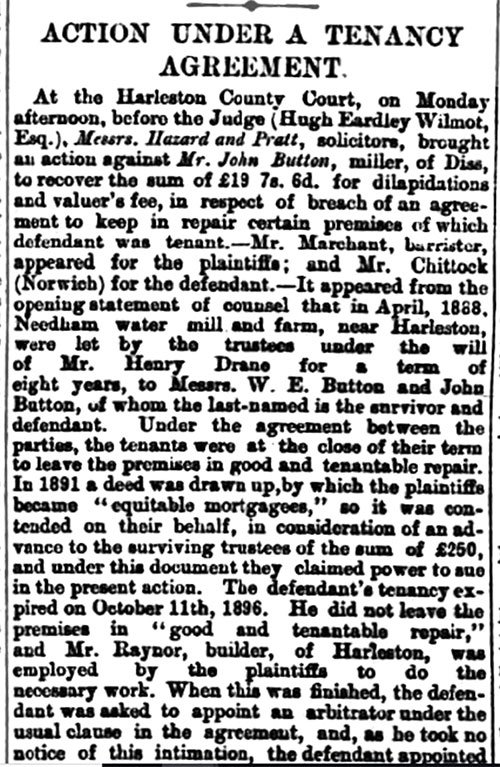   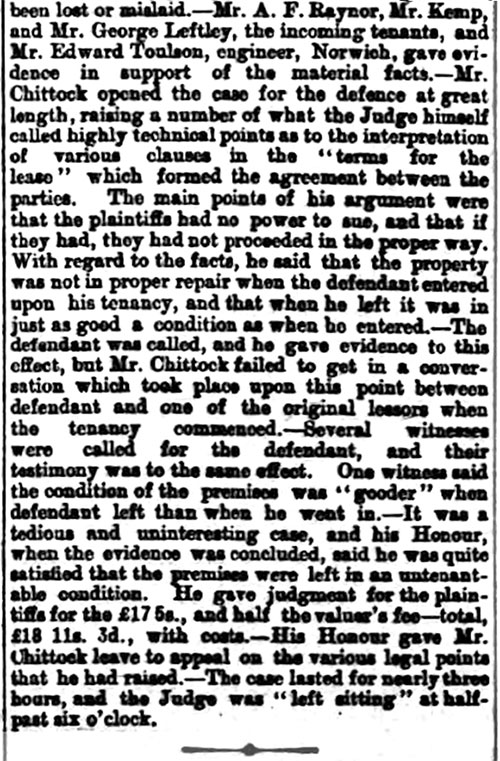 |
|
East Anglian Daily Times - 9th April 1892 |
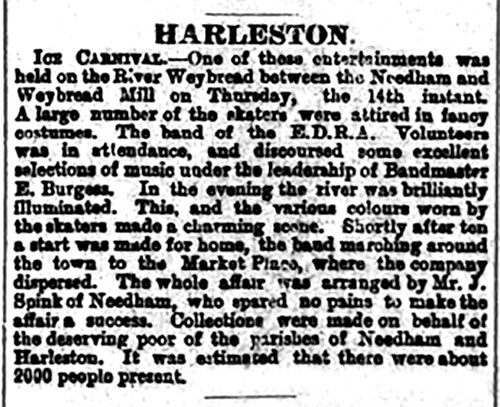 |
|
23rd February 1895 |
|
A water mill has stood on this site on the River Waveney at Weybread for over 300 years, but this mill, which had been out of action since 1935, was rebuilt in 1938. This is called Needham Mill, but in fact it stands in the parish of Weybread. It was so named to distinguish if from a former mill at Weybread, burnt down in 1919, and which was owned by J.W. & E. Button, of Diss and Weybread. |
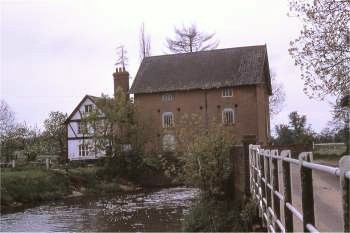 |
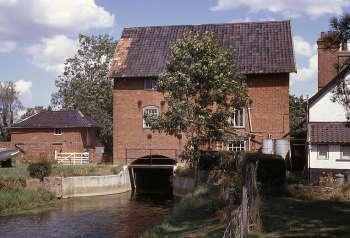 |
|
Tailrace June 1969
|
Headrace
August 1967 |
 |
|
French burr stone August 1967
|
In July 1880
John Button bought Diss_towermill in Victoria Road,
which was worked with other post mills as well as Needham and Weybread
watermills. |
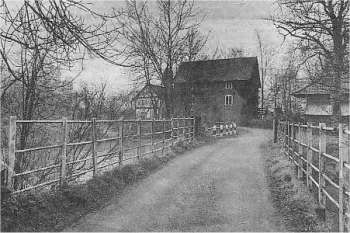 |
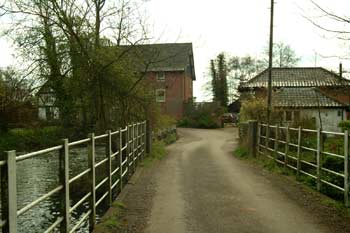 |
|
Early morning mist in June 1985
|
11th
April 2004 |
|
Arthur Bush,
a millwright who learnt his trade at E.J. Knights of Harleston, took over
the running of the mill in 1898 as tenant before leasing the mill, buildings
and 14 acres of land from the executors of Henry Drane on 11th October
1914 at an annual rent of £45. On 5th June 1918 he succeeded in
buying the mill at auction for £450 when the owners decided to sell
the property. Luckily his wife had recently been left some money by one
of her relatives. |
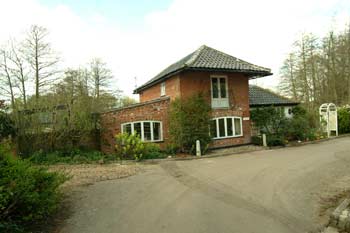 |
|
The granary 11th April 2004
|
|
When the river level dropped during the dry summer months Arthur Bush supplemented water power with a portable engine. A hammer mill was also installed "which never ground corn as fine as the stones." |
|
During the
flood of August 1912 the water level reached the height of the 5th stair
in the house, which meant the the Bush family were confined to the first
floor of the mill house. Eventually the family decided to evacuate the
house. |
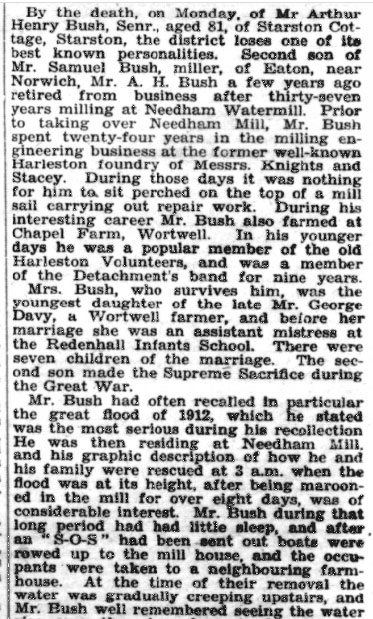 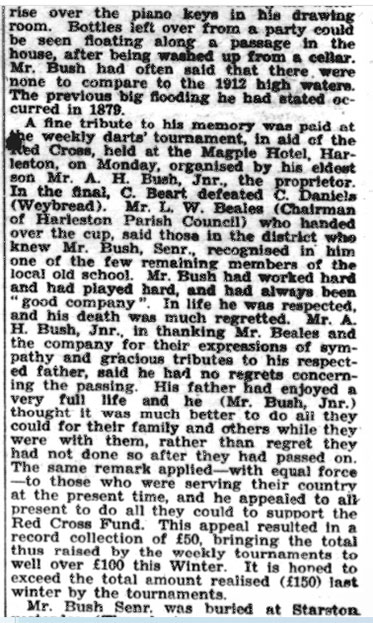 |
Diss Express - 15th January 1943 |
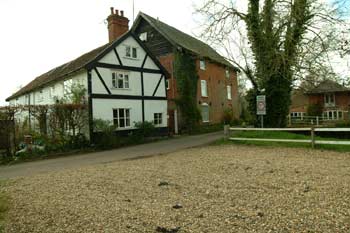 |
 |
|
Mill house and mill 11th April 2004
|
11th
April 2004 |
|
In 1963 the mill waterways were converted to a water gauging station with the wheel race becoming a 10' wide flow measurement weir. The bypass channel upstream of the mill was also dramatically altered with the derelict weir and flood sluice being replaced by a 3' wide weir for low water flow measurement and a 25' wide weir for high water flows. The scheme was apparently also designed to produce and drainage benefits and to reduce flooding by increasing the flood discharge capacity from 450 to 750 cubic feet per second. The cost of all the alterations was £12,714.00. |
John Braybrooks (1964-1970) was an ex engineer of the East Suffolk & Norfolk River Authority and during his time at the mill, he installed a water pipe and a sewer system. The generator was taken out of service and the properties were connected to mains electricity. |
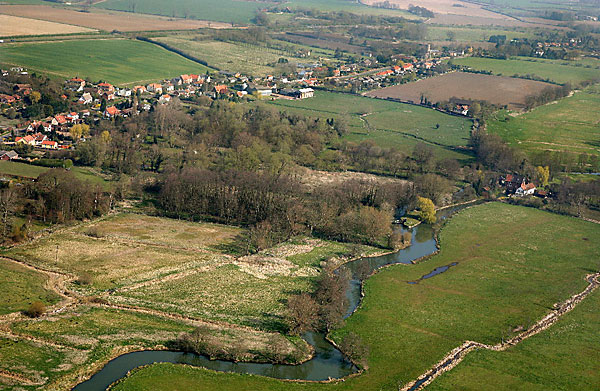 |
|
5th April 2007 |
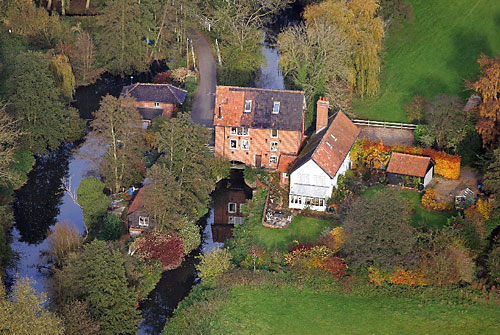 |
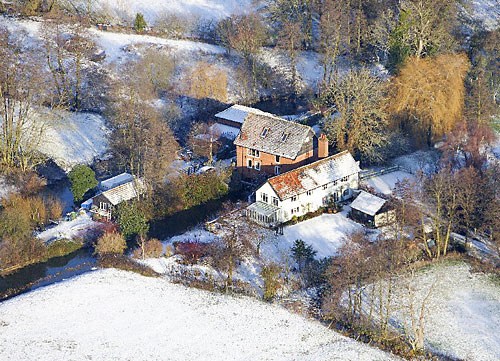 |
|
4th November 2007 |
3rd January 2010 |
 |
O. S. Map 1884 |
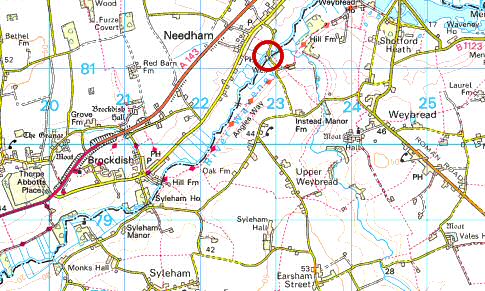 |
|
O.S. Map 2005 Image reproduced under licence from Ordnance Survey |
|
1611: Fryer's
Mill - owned by George Hering of Norwich |
If you have any memories, anecdotes or photos please let us know and we may be able to use them to update the site. By all means telephone 07836 675369 or
|
| Nat Grid Ref TM22908115 | Copyright © Jonathan Neville 2003 |